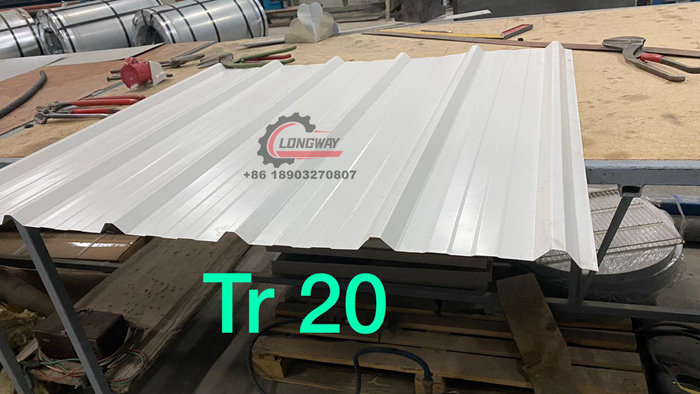Channel Production Equipment for Efficient Manufacturing Solutions
Understanding Channel Making Machines Revolutionizing Manufacturing
In the fast-paced world of manufacturing, efficiency and precision are paramount. Among the essential tools ensuring these needs are met, the channel making machine stands out as a significant innovation. This machinery is designed for producing various types of channels used in construction, automotive, and several other industries. Its ability to create, shape, and cut materials into specified configurations has revolutionized how manufacturers approach production processes.
What is a Channel Making Machine?
A channel making machine is a specialized piece of equipment used to produce U-shaped channels, often referred to as C channels or U channels. These channels can be made from different materials, including steel, aluminum, and other metals, and are primarily used in structural applications. The machines operate through various methods, including roll forming, hydroforming, or stamping, depending on the desired output and material properties.
Key Components of Channel Making Machines
The primary components of a channel making machine include a decoiler, a roll forming unit, a cutting mechanism, and an automatic control system.
1. Decoiler This component unwinds the raw material coil, feeding the strip into the machine. Decoilers are essential for maintaining the flow of the material while ensuring it remains straight and free from deformation.
2. Roll Forming Unit This is the heart of the channel making machine, where the raw material is shaped into the desired channel profile. The roll forming process involves passing the material through a series of rollers that gradually bend it into the specified shape. The precision of this unit directly affects the quality of the final product.
3. Cutting Mechanism Once the channel is formed, it needs to be cut to the required length. This is typically achieved through an automatic cutting system that synchronizes with the roll forming process, ensuring high efficiency and minimal waste.
channel making machine

4. Control System Modern channel making machines are equipped with advanced control systems that allow operators to adjust settings like speed, thickness, and length. Many machines also feature digital displays for ease of monitoring and operation.
Advantages of Using Channel Making Machines
The biggest advantages of channel making machines are efficiency, precision, and versatility. These machines significantly reduce the time and labor required to produce channels compared to manual methods. Additionally, they ensure uniformity in the products, which is critical in industries such as construction, where structural integrity is paramount.
Moreover, channel making machines can be configured to produce channels of varying sizes and shapes, making them highly adaptable for different projects. This versatility allows manufacturers to cater to specific client requirements without investing in multiple machines.
The Future of Channel Making Technology
As technology continues to evolve, so does the channel making machine. Manufacturers are increasingly integrating automation and robotics into their processes, leading to even greater efficiencies. Features like computer numerical control (CNC) systems enable more precise shaping and cutting, ensuring that the channels produced meet stringent specifications.
Additionally, the growing trend towards sustainable manufacturing practices is encouraging innovations in channel making technology. Companies are exploring ways to minimize waste and energy consumption throughout the production process, contributing to a more eco-friendly industry.
Conclusion
In summary, channel making machines play a vital role in the manufacturing sector, providing a blend of efficiency, precision, and versatility. As technology advances, these machines will continue to evolve, pushing the boundaries of what is possible in channel production. For manufacturers looking to enhance their productivity, investing in a modern channel making machine could be the key to staying competitive in a rapidly changing market. As we look to the future, these machines represent an exciting frontier in manufacturing technology.
-
Roof Panel Machines: Buying Guide, Types, and PricingNewsJul.04, 2025
-
Purlin Machines: Types, Features, and Pricing GuideNewsJul.04, 2025
-
Metal Embossing Machines: Types, Applications, and Buying GuideNewsJul.04, 2025
-
Gutter Machines: Features, Types, and Cost BreakdownNewsJul.04, 2025
-
Cut to Length Line: Overview, Equipment, and Buying GuideNewsJul.04, 2025
-
Auto Stacker: Features, Applications, and Cost BreakdownNewsJul.04, 2025
-
Top Drywall Profile Machine Models for SaleNewsJun.05, 2025








